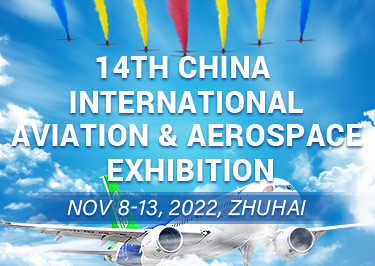Mega bridge fitting marker for anniversary year

When Hong Kong celebrated the 20th anniversary of its return to the motherland on Saturday, it stood at a new starting point.
Deeper integration between Hong Kong and the mainland is expected as the massive Hong Kong-Zhuhai-Macao Bridge nears completion. By facilitating transport between Hong Kong and cities on the western banks of the Pearl River estuary, the project will provide a wider space for the special administrative region to give play to its advantages, while opening up investment opportunities for Hong Kong businesses and people, experts believe.
Communications between Hong Kong and cities on the western bank have been limited by an underdeveloped transport network. A journey from Hong Kong to Zhuhai now takes four hours by road. The bridge, however, will significantly shorten the distance, cutting traveling time to just 30 minutes.
The cost of the 55-kilometer-long mammoth is estimated to exceed 115.9 billion yuan ($17.09 billion), according to the bridge authority. The bridge is expected to go into use by the end of this year. It will become the world's longest bridge over water.
"By better connecting cities on western and eastern bank of the Pearl River estuary, the bridge will help Hong Kong give better play to its strengths and play a bigger role in leading the development of those western cities," said Guo Wanda, executive vice-president of China Development Institute, a Shenzhen-based think tank.
Hong Kong and those mainland cities are complementary in industries in which they have advantages, Guo noted. Cities such as Foshan and Zhongshan are advanced in manufacturing but are less developed in tertiary industry, where Hong Kong excels.
According to official statistics, the service sectors of Foshan and Zhongshan only accounted for 37.8 percent and 43.5 percent of their GDP respectively in 2015. The proportion for Hong Kong was more than 90 percent.
"In this respect, Hong Kong can play an active role," said Guo.
The mega infrastructure undertaking also opens a door for Hong Kong businesses and people to make investment in those cities, taking advantage of low land cost there, he added.
Mao Yanhua, deputy director of Sun Yat-sen University's Institute for Free Trade Zone Research in Guangzhou, believes the bridge could help cities in the region work better with each other based on their own characteristics and benefit from economies of scale.
But the most serious issue to be addressed is coordination, as systems at the three points of the bridge - for example the way they handle border crossings - are different, Mao pointed out.
sally@chinadailyhk.com







